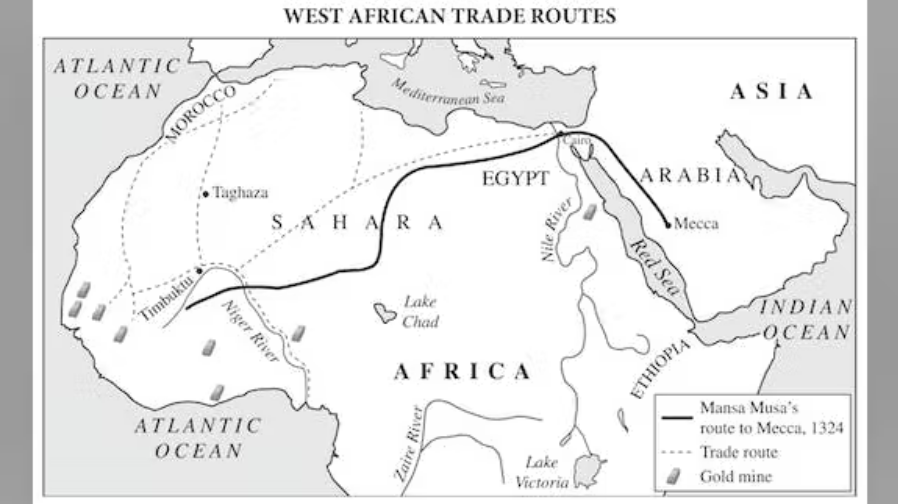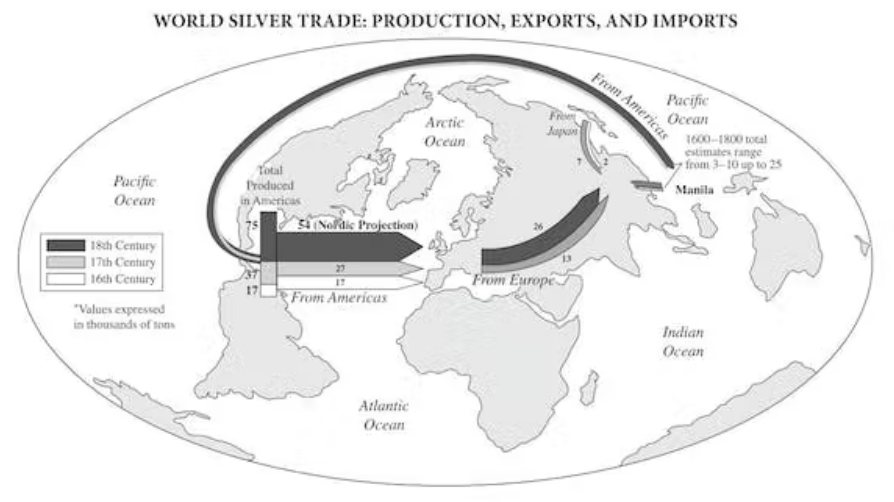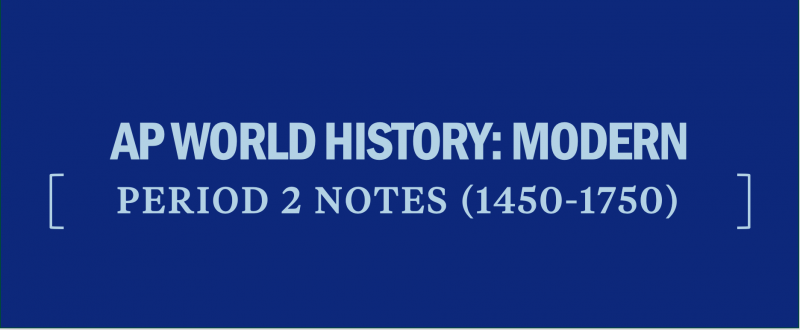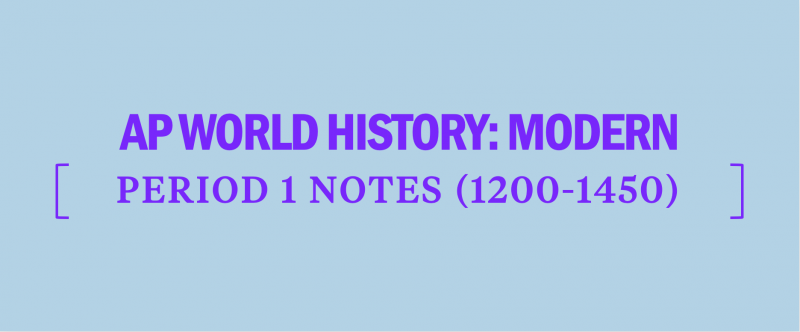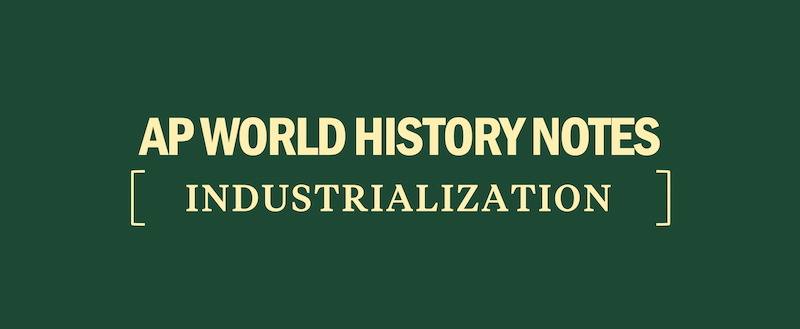AP World History Practice Questions: Quiz 1
Test your readiness for the AP World History exam with the following quiz.
Answer 1
C: The Red Turban Rebellion, an uprising of Chinese peas- ants upset over Mongol domination and high taxation, best reflects Voltaire’s idea of a historical cycle where the elite are overthrown by an underclass that subsequently become the new elite. The Mongols had once been steppe nomads poor enough that they were forced to make clothes from the pelts of field mice. Later, even with the fragmentation of their empire, they ruled China under the banner of the Yuan Dynasty. Zhu Yuanzhang, a peasant turned Red Turban, would overthrow them and become the first Ming emperor. Therefore, (C) is correct. The sack of Constantinople weakened the Byzantine Empire, but the Crusaders only looted the city; they did not take power, so (A) is incorrect. The Ghanaian Empire arose organically from villages along a trade network; thus, (C) is incorrect. The Byzantine Empire was created as the Roman Empire shrank, and the Byzantines thought of themselves as Roman; this is an example of reorganization, not rebellion. Thus, (D) is incorrect.
Answer 2
B: Situated at the western end of the Trans-Saharan trade route, the Malian conversion to and spread of Islam contributed to trade and diplomatic relationships with neighboring states and exposure to the broader Islamic world (Dar al-Islam); (B) is correct. The Ottomans practiced forced conversion, but the Malians did not; (A) is incorrect. Islam spread in Africa from the Arabian peninsula and supplanted native African religions, especially in states in Northern Africa, but we cannot know if it caused conflict among the native religions. The wide acceptance of a foreign religion like Islam indicates an atmosphere of religious tolerance, though more evidence would be needed to prove that. (C) is incorrect. Both Shi’a and Sunni make a pilgrimage to Mecca (hajj), so we cannot make a judgment about sectarian splits in Africa from this example alone; (D) is incorrect.
Answer 3
B: The silver trade was a primary component in the first truly global trade system, so called because of the growing unification of the Eastern and Western hemispheres’ economies after European expansion. (B) is correct. This is best illustrated by the small but significant trade route across the Pacific Ocean between Mexico, Peru, the Philippines, and China—the first to connect the New World with the eastern and western halves of the Old World. Spain did not modernize internally despite its huge reserves of precious metals from America. Rather, it continued subsidizing its elite landholding classes and paying cash for talented foreigners to conduct its trade, imperial administration, and imperial wars. Thus, (A) is incorrect. (C) mixes up its history: the Opium Wars were in the 1800s and sought to balance the silver trade between England and China, not end it. It is true that, as silver became available in large quantities, gold declined somewhat in relative value, as in (D); however, that had little to do with the expansion of the slave trade in this period, which was based on demand for plantation commodities paid for with manufactured goods.
Answer 4
B: The passage describes Peter the Great offering to provide “good wages and kind treatment” to foreign workers, especially highly skilled workers, who assisted in the construction of St. Petersburg. Peter’s attitude toward foreign workers is generally positive and consistent with his eagerness to accept foreign influence, especially Euro- pean influence, in order to modernize Russia. This attitude differs strongly from that of the Tokugawa shogunate, which adopted an isolationist stance; it expelled most foreigners from Japan, closed Japan to most foreign trade, and forbade Japanese citizens from traveling abroad. Thus, (B) is correct. The remaining choices are incorrect because they do not indicate states with a negative view toward foreign workers or their influence. The Songhai Empire, (A), and the Safavid Dynasty, (D), relied heavily on foreign trade to support their economies, indicating a willingness to cooperate with foreigners. Similarly, the Qing Dynasty, (C), also engaged in foreign trade.
Answer 5
D: The passage claims that advances in transportation and mechanical production allowed for more intensive agricultural cultivation; (D) is correct. The workers listed in the passage (with the exception of engineers) are unskilled laborers like miners and construction workers; (A) is incorrect. The supply of fossil fuels was seemingly unlimited, and it was the steady demand for those fuels that spurred developments in transportation; (B) is incorrect. The argument of (C) is not directly addressed by the passage, but inequality between laborers and owners increased during the Industrial Revolution period. There were waves of emigration from Europe to the United States, suggesting that things were not perfect for the whole society. (C) is incorrect.

